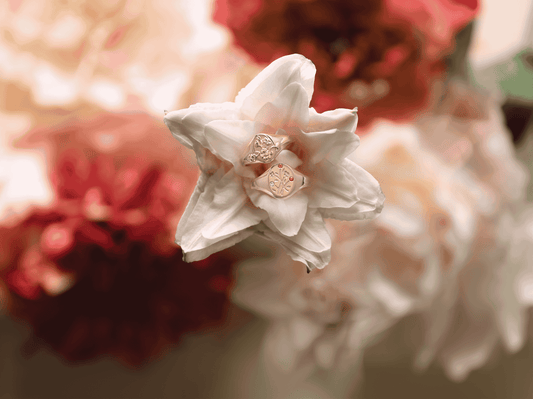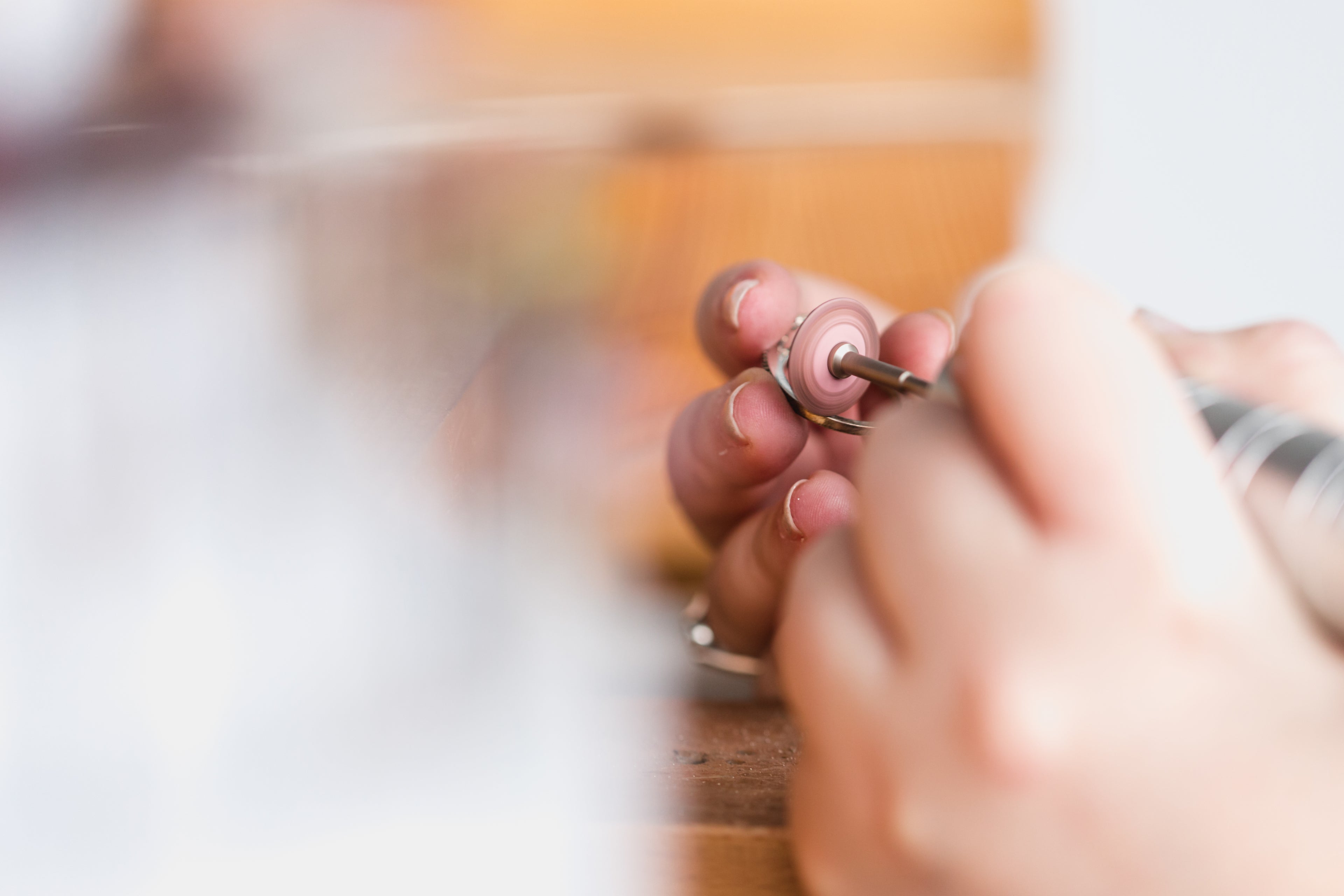A Signature You Could Wear
Before there were passwords, IDs, or notaries, there was the ring. Worn on a pinky, sometimes on a chain, the signet ring served as a seal of truth: a literal impression of identity pressed into wax.
Kings used them to sign treaties. Merchants wore them to stamp contracts. Clergy used them to sanctify letters or grant blessings. Wherever authority had to be authenticated, the signet ring followed.
But even then, it was never just about paperwork. These rings carried crests and symbols passed down for generations. Monograms, animals, holy sigils-- each engraving told a story of family, faith, or ambition. And sometimes, more privately, a prayer for protection or divine favor hid within the motif.
It was a quietly powerful form of wearable legacy.
Status, Style, and Storytelling
As centuries passed, the signet ring evolved into more than a tool. It became a mark of belonging. Who you were, where you came from, and what you stood for could be read from your hand.
Crafted from solid gold, platinum, or heavy silver, signets often bore hand-cut intaglios in stones like carnelian, onyx, or bloodstone. Engraved in reverse so they could leave a readable mark, each ring required time, skill, and precision.
Many were passed from father to son. A literal imprint of one generation’s identity given to the next.
Over time, they also began to tell different stories. Club affiliations. Military units. University crests. Mementos of mourning, too--rings that held a lock of hair or a tiny inscription: remember you must die.
Worn Differently Across Time
While the signet began as a masculine symbol of rank, it eventually took on softer and more varied forms. Women wore them too, often in smaller sizes but with the same sense of lineage and meaning.
By the 19th century, signets had shifted further toward personal expression. Not everyone had a family crest, but most people had a name, an initial, or a story to tell. Monograms replaced coats of arms. Designs became more fluid, more individual. Some were purely decorative. Others still held secrets: a locket compartment, a touch of perfume, a pinch of poison.
The rise of mass production gave us class rings, corporate awards, and uniform badges. But the soul of the signet remained: a symbol of who you are, marked in metal.
Functional Jewelry, Occasionally With a Twist
The most fascinating thing about signet rings might be how many uses they've had across cultures.
Some doubled as currency or identity verification in trade. Others were designed to defend or deceive: a small hinged lid hiding poison, powder, or a tiny relic.
Whatever the form, signets lived at the intersection of the personal and the public. Intimate objects that also made a statement.
The Future of the Signet Ring: A Legacy Reclaimed
Today, we’re watching the signet ring quietly come back, not out of nostalgia, but out of need.
In a world that moves fast, where so much of our identity lives online, there’s something grounding about a piece you can hold. One that says, This is who I am. This is who I remember.
For some, it means reviving a family crest or monogram. For others, it means creating a new mark entirely: a symbol for a chosen family, a reclaimed name, a personal value.
Signet rings are being reimagined for queer lineages, matriarchal trees, and hybrid families. They’re not about status anymore. They’re about story. About presence. About memory made solid.
Let’s Create a Signature That Outlives You
Whether you want to honor where you came from or design something entirely new for those who will come after, a custom signet ring is one of the most powerful ways to say: I was here. I mattered. This is mine.
I’d be honored to help you craft yours.





